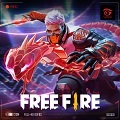Advertisement
Popular Now
Champion balance is a fundamental aspect of competitive games like League of Legends (LoL), where players select champions with unique abilities to gain strategic advantages. Despite Riot Games’ ongoing efforts to achieve equilibrium, champion balance remains a persistent and multifaceted issue. Imbalances can skew the competitive landscape, frustrate players, and affect overall gameplay experience. This article explores the nuanced challenges of champion balance in League of Legends, tracing its evolution, analyzing current problems, and discussing potential solutions.
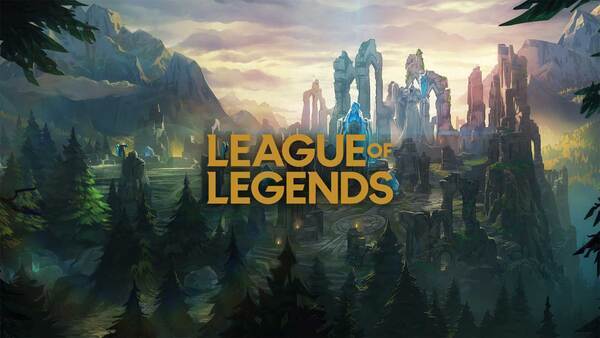
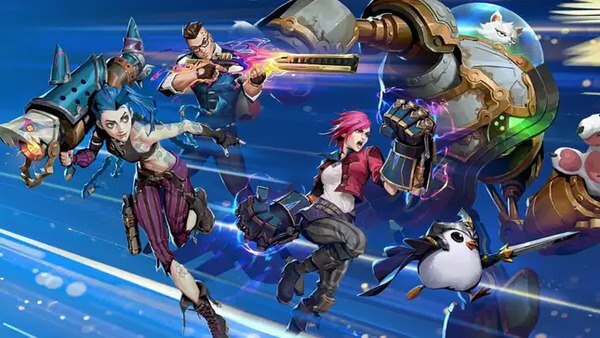
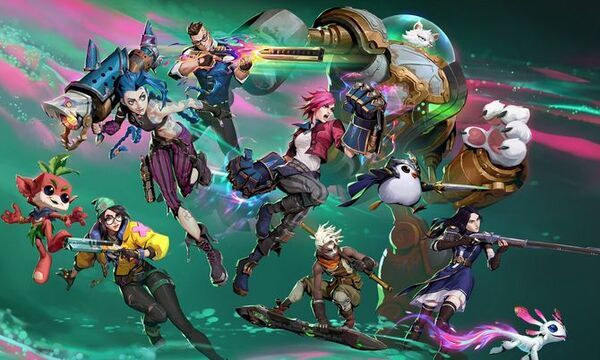
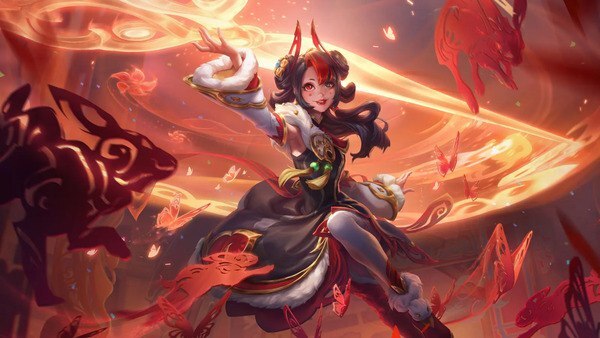 Recent champion releases such as Zeri and K’Sante have highlighted the challenges of maintaining balance. Zeri’s introduction brought a new playstyle with her mobility and damage output, leading to rapid adjustments. K’Sante, on the other hand, faced issues with his durability and crowd control, prompting additional changes to address balance concerns.
Recent champion releases such as Zeri and K’Sante have highlighted the challenges of maintaining balance. Zeri’s introduction brought a new playstyle with her mobility and damage output, leading to rapid adjustments. K’Sante, on the other hand, faced issues with his durability and crowd control, prompting additional changes to address balance concerns.

The Evolution of Champion Balance

Early Challenges and Basic Balancing
When League of Legends was first released in 2009, champion balance was a relatively straightforward endeavor. The game launched with a small roster, making it easier for Riot Games to manage balance. However, as new champions were introduced, balancing became increasingly complex. Early balancing efforts primarily focused on tweaking numerical values, such as damage output and cooldowns, based on community feedback and performance metrics.The Emergence of Meta-Breaking Champions
As the game expanded, certain champions began to dominate the meta, disrupting the balance of the game. These meta-breaking champions often introduced mechanics that were either too powerful or underutilized, leading to a skewed gameplay experience. Riot Games faced the challenge of not only adjusting individual champion stats but also addressing the broader impact on the game’s meta.The Role of Champion Reworks

Purpose and Impact of Reworks
Champion reworks are substantial changes made to champions to improve their gameplay, update their visual aesthetics, or balance their power. Riot Games has undertaken numerous reworks to address champions that have become problematic or outdated. For instance, the rework of champions like Yorick and Akali aimed to modernize their gameplay and better fit the current meta.Controversies and Challenges
While reworks can refresh and balance champions, they are not without controversy. Players often resist changes to beloved champions, and reworks can lead to unforeseen imbalances. For example, the rework of Akali introduced a new set of issues, including her dominance in certain roles, which required further adjustments.Balancing Across Different Game Modes

The Complexity of Multi-Mode Balance
League of Legends features various game modes, including Summoner’s Rift, ARAM (All Random All Mid), and URF (Ultra Rapid Fire). Balancing champions across these modes presents unique challenges. For instance, champions that are balanced for Summoner’s Rift may perform differently in ARAM or URF due to the distinct nature of each mode.Mode-Specific Adjustments
To address these differences, Riot Games often implements mode-specific adjustments. For example, in URF, many champions receive reduced cooldowns and increased ability power, which can drastically alter their effectiveness. Managing these adjustments while maintaining balance across all modes is a complex task for Riot Games.The Impact of New Champion Releases
Introducing New Champions
The release of new champions introduces fresh dynamics to the game, often leading to shifts in the meta and balance issues. Riot Games aims to design new champions that offer unique gameplay experiences while fitting within the existing balance framework. However, new champions can inadvertently disrupt balance, particularly if their mechanics are too powerful or niche.Case Studies: Recent Releases
 Recent champion releases such as Zeri and K’Sante have highlighted the challenges of maintaining balance. Zeri’s introduction brought a new playstyle with her mobility and damage output, leading to rapid adjustments. K’Sante, on the other hand, faced issues with his durability and crowd control, prompting additional changes to address balance concerns.
Recent champion releases such as Zeri and K’Sante have highlighted the challenges of maintaining balance. Zeri’s introduction brought a new playstyle with her mobility and damage output, leading to rapid adjustments. K’Sante, on the other hand, faced issues with his durability and crowd control, prompting additional changes to address balance concerns.
The Role of Patch Notes and Balance Changes
Frequency and Scope of Patches
Riot Games releases regular patches to address balance issues and introduce new content. These patches often include champion buffs, nerfs, and bug fixes aimed at improving balance. The frequency and scope of these patches are crucial in maintaining a balanced and engaging gameplay experience.Challenges with Patch Balancing
Balancing patches can be a double-edged sword. While they address immediate issues, they can also lead to unintended consequences. For example, a patch that nerfs a dominant champion might inadvertently make a previously weak champion overpowered. Riot Games must carefully analyze patch data and player feedback to mitigate such issues.The Influence of Professional Play

